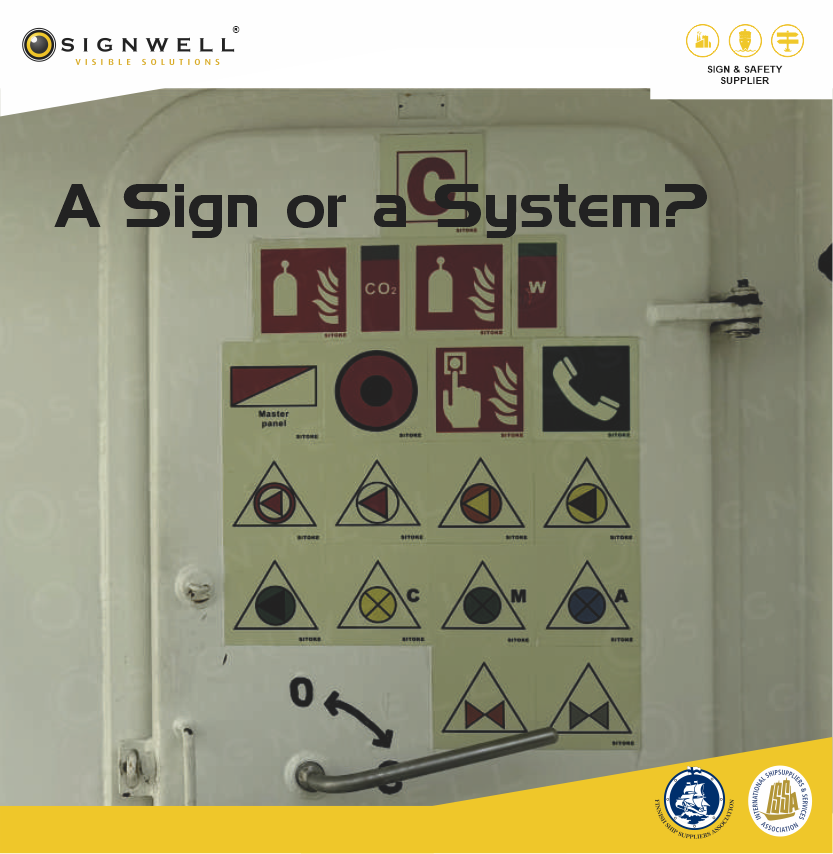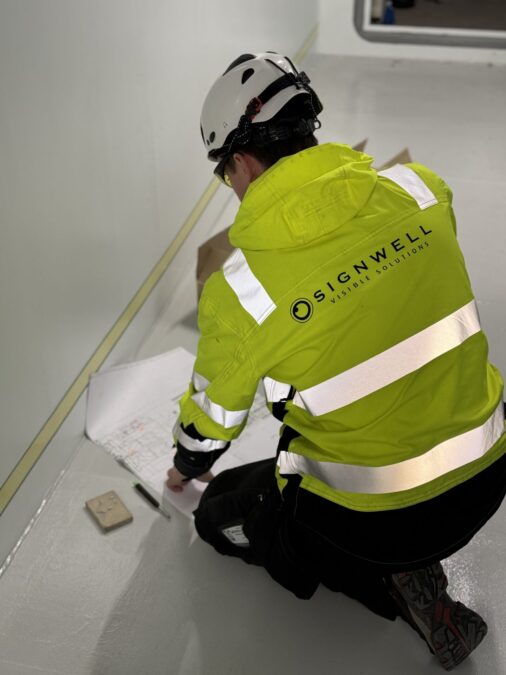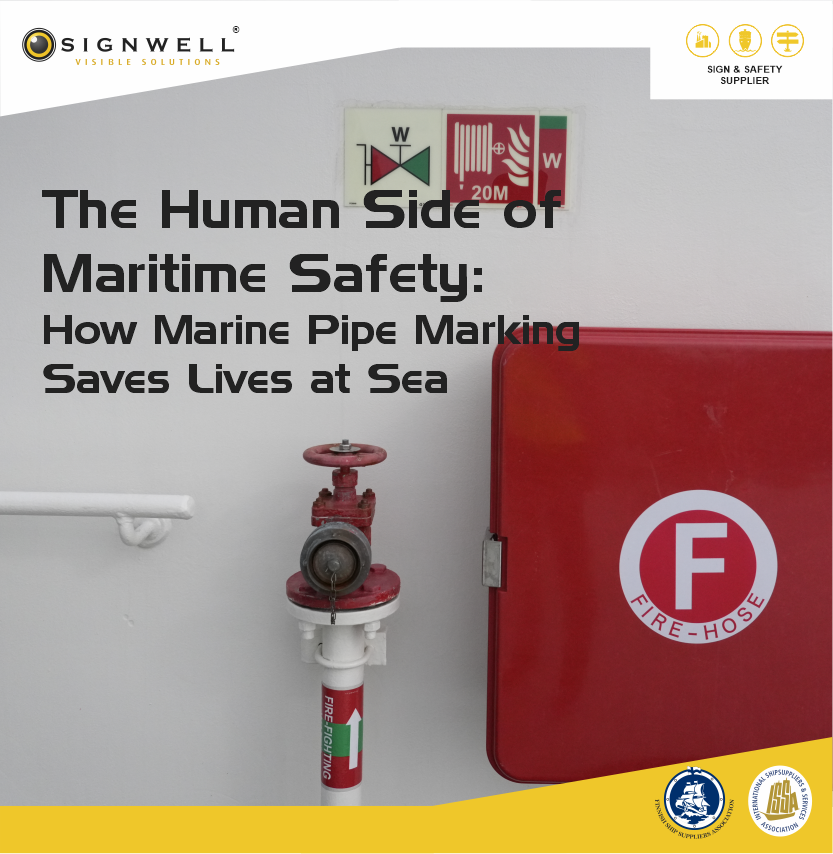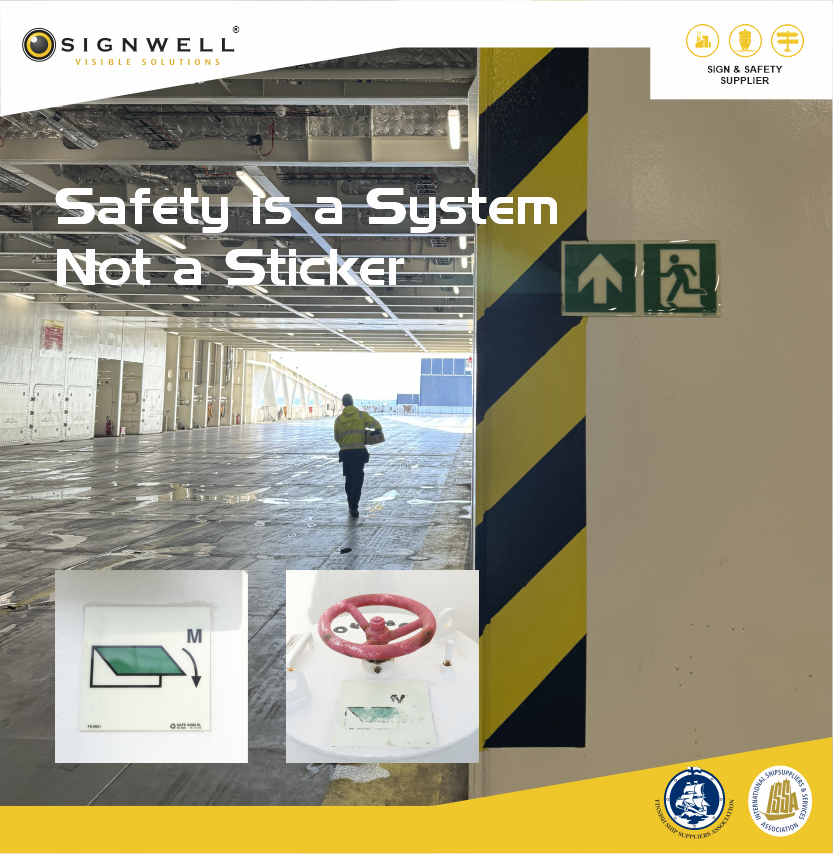
A Sign or a System?
Rethinking Marine IMO Safety Signage When people think of marine IMO safety signage, they often picture a single IMO sign, a fire extinguisher sign, an emergency exit arrow, or…
Read more
When it comes to maritime safety signage systems and Low Location Lighting (LLL) systems, reliability is everything. Traditional aluminium profile systems have long been used onboard ships, but they come with recurring problems: loose end caps, vibration noise, heavy structures, dirt collectors and costly maintenance.
That’s why global operators are switching to the New Generation 3L‑PL™ Low Location Lighting system, a solution engineered to eliminate inefficiencies and set a new benchmark for safety, compliance, and sustainability.

| System | Challenges | Advantages of 3L‑PL™ |
|---|---|---|
| Traditional aluminium profiles | Loose end caps, vibration noise, heavy weight | Secure strips with adhesive backing |
| Rigid panels | Difficult, costly replacements | Easy section replacement without removing long profiles |
| Legacy installations | Risk of fading, higher lifecycle costs | UV‑resistant, recyclable materials with long lifespan |
Market leaders in the maritime industry are adopting 3L‑PL™ Low Location Lighting systems because it delivers:

By choosing the 3L‑PL™ Low Location Lighting System, operators not only meet IMO requirements but also future‑proof their vessels with a system designed for efficiency, safety, and environmental responsibility.

Rethinking Marine IMO Safety Signage When people think of marine IMO safety signage, they often picture a single IMO sign, a fire extinguisher sign, an emergency exit arrow, or…
Read more

In the vast and unpredictable world of maritime operations, safety isn’t just a checklist, it’s a lifeline. While advanced navigation systems and rigorous training protocols get most of the spotlight,…
Read more

When it comes to maritime safety, IMO signs are more than just labels, they’re lifelines. In high-stakes environments like ships, offshore platforms, and ports, every second counts. That’s why relying…
Read more